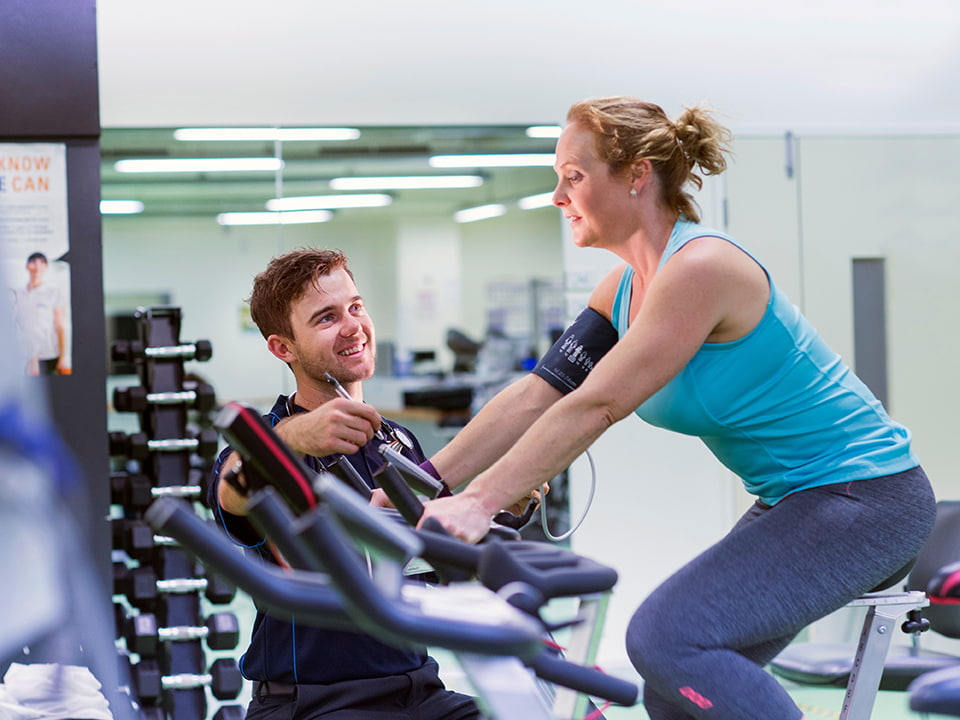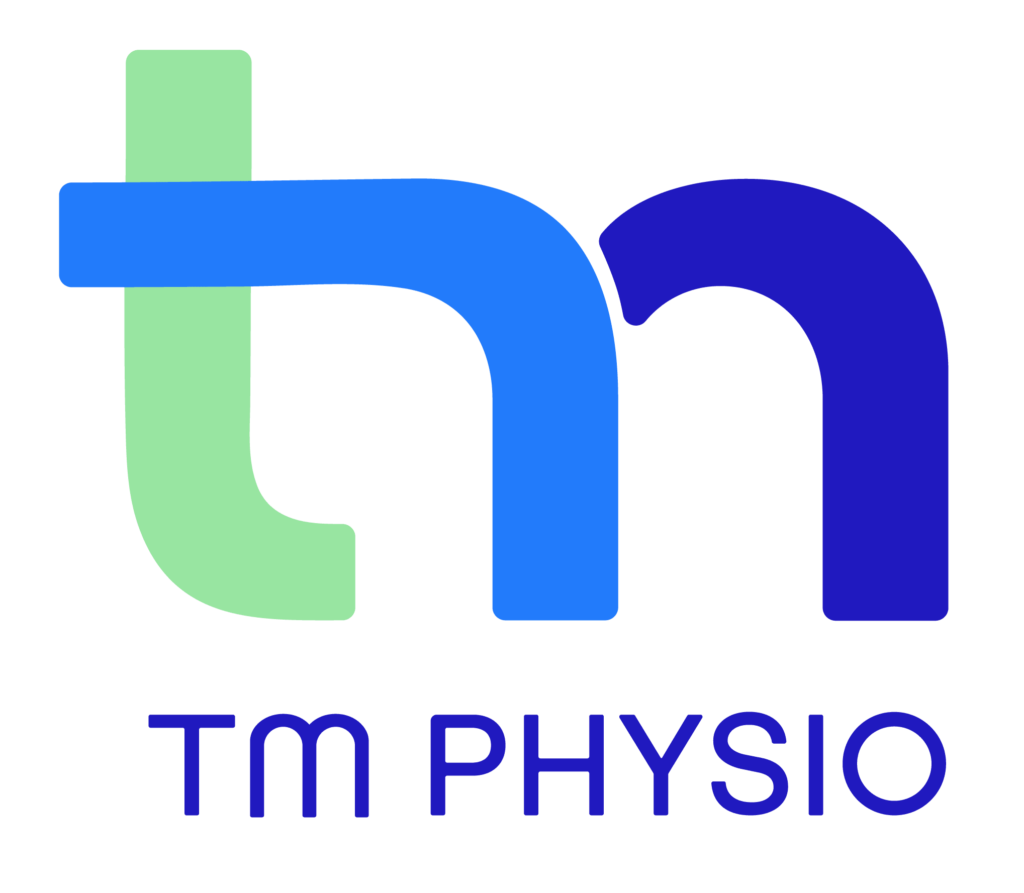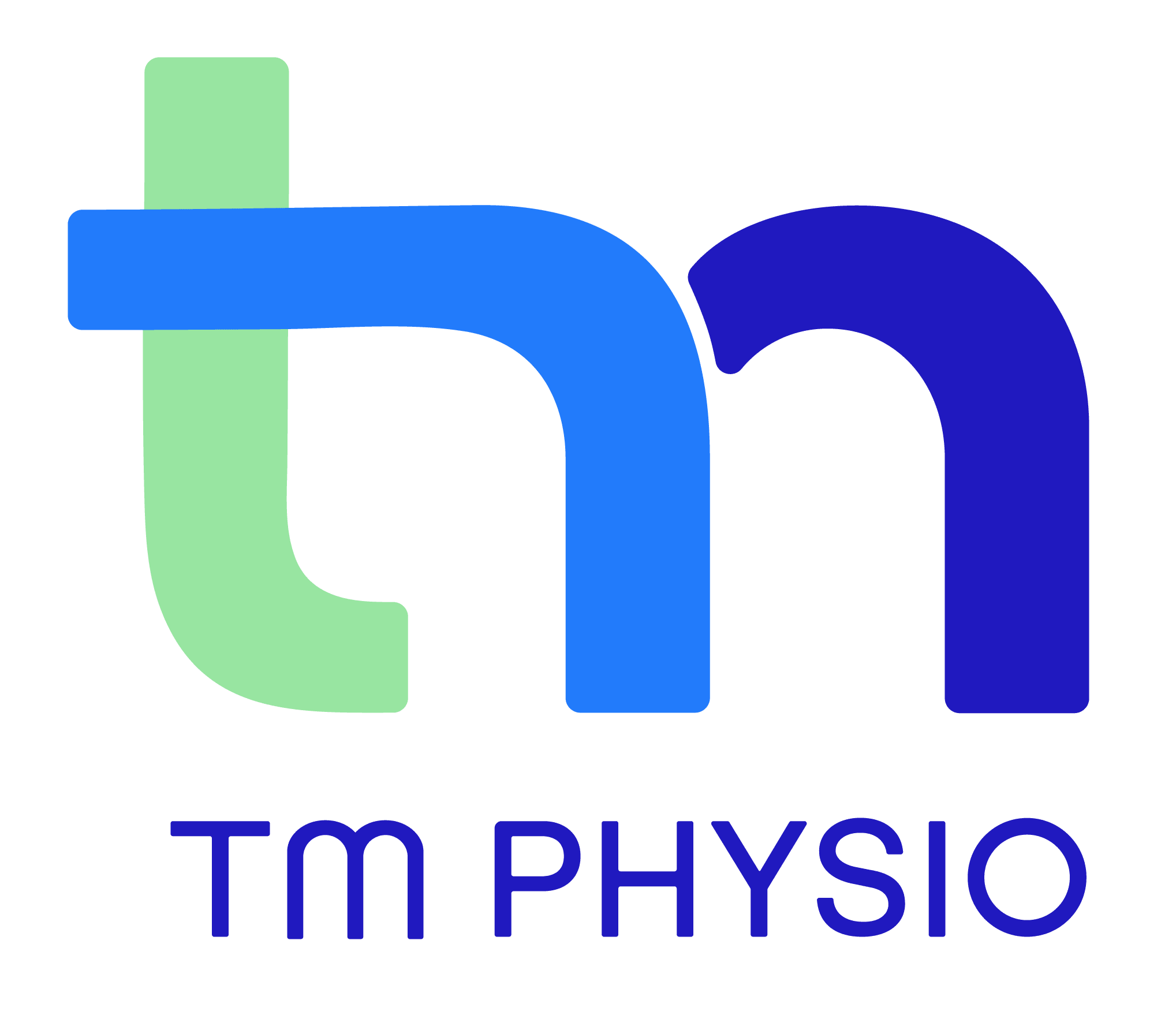Back pain
Back pain physiotherapy in Canberra
Back pain is a very common yet often debilitating condition that can affect people from all walks of life.
Back pain causes
Back pain is an extremely common condition with up to 80% of the population experiencing back pain at some time during the lives.
Although the underlying pathology of low back pain is usually not serious, with the vast majority of patients recovering within 6 weeks, it is a significant cause of pain in the community and can have a considerable impact on people’s day to day lives.
Most causes of back pain are the result of irritation or poor function of the bones, joints, ligaments or muscles in your back. Such irritation can be the result of vertebral dysfunction, a common condition that occurs when the spinal vertebrae compress or irritate the delicate nerve structures of your lower back.


Different types of back pain
There are several different types of back pain that affect different areas differently. As part of a thorough diagnostic, it is important to identify the underlying issue and where the pain originates. Here are some common types of back pain:
- pelvic pain and pelvic dysfunction
- lower back
- back muscle pain
- chronic back pain &
- spine
Back pain assessment
Your physiotherapist will perform a detailed history, orthopaedic, neurological and spinal examination to determine the exact cause of your lower back pain.
Back pain treatment
Physiotherapy treatment of back pain focuses on restoring function to poorly moving spinal joints, as well as reducing muscle tension and increasing muscle strength. This results in improved movement, reduced pain and decreased nerve irritation.
Treatments are tailored to the individual case usually consisting of spinal and soft tissue mobilisation, core stabilization advice, strengthening exercises, stretching and heat/cold therapy. Please contact us to arrange your comprehensive lower back consultation to help identify the exact cause of your back pain and begin a course of corrective care today!
What exercises can help with back pain?
Here at TM Physio Canberra, we recommended the following techniques:
- Joint mobilisation and manipulation
- Soft tissue and muscle stretching
- Stabilisation and strengthening exercises
- Postural correction for back pain
- Ergonomic and occupational advice (i.e. workstation set-up, lifting technique) Check out our article on computer, workstation and office sitting ergonomics.
What about lower back pain?
At our Canberra physiotherapy clinic, we have identified the causes of lower back pain for thousands of patients. We can find the problem fairly quickly. Is it a stiff muscle, joint or irritated disc? Have you learned poor ways of moving and bending? Is it the way you feel about the pain and have you felt this pain before? Is it your negative feelings about your home, work or social environment which is contributing to your pain?
Lower back pain treatment

At TM Physio, your physiotherapist is your movement and pain expert to help you deal with the very common ailment of lower back pain. We are also strong advocates of “Fix it before it’s broken”, in other words, prevention is better than cure.

Tips for looking after your back
- Exercise regularly and try to maintain a healthy weight to decrease the load on your spine.
- Try not to sit for long periods of time. Take short breaks regularly.
- Be mindful of your posture, try not to slouch or slump.
- Be careful when lifting. Keep your back straight, bend at the hips and knees and tighten your core prior to picking up an object.
- Make sure you have a supportive bed.
We have more helpful hints and tips that can help with back pain. Our main philosophy is prevention is better than cure.

